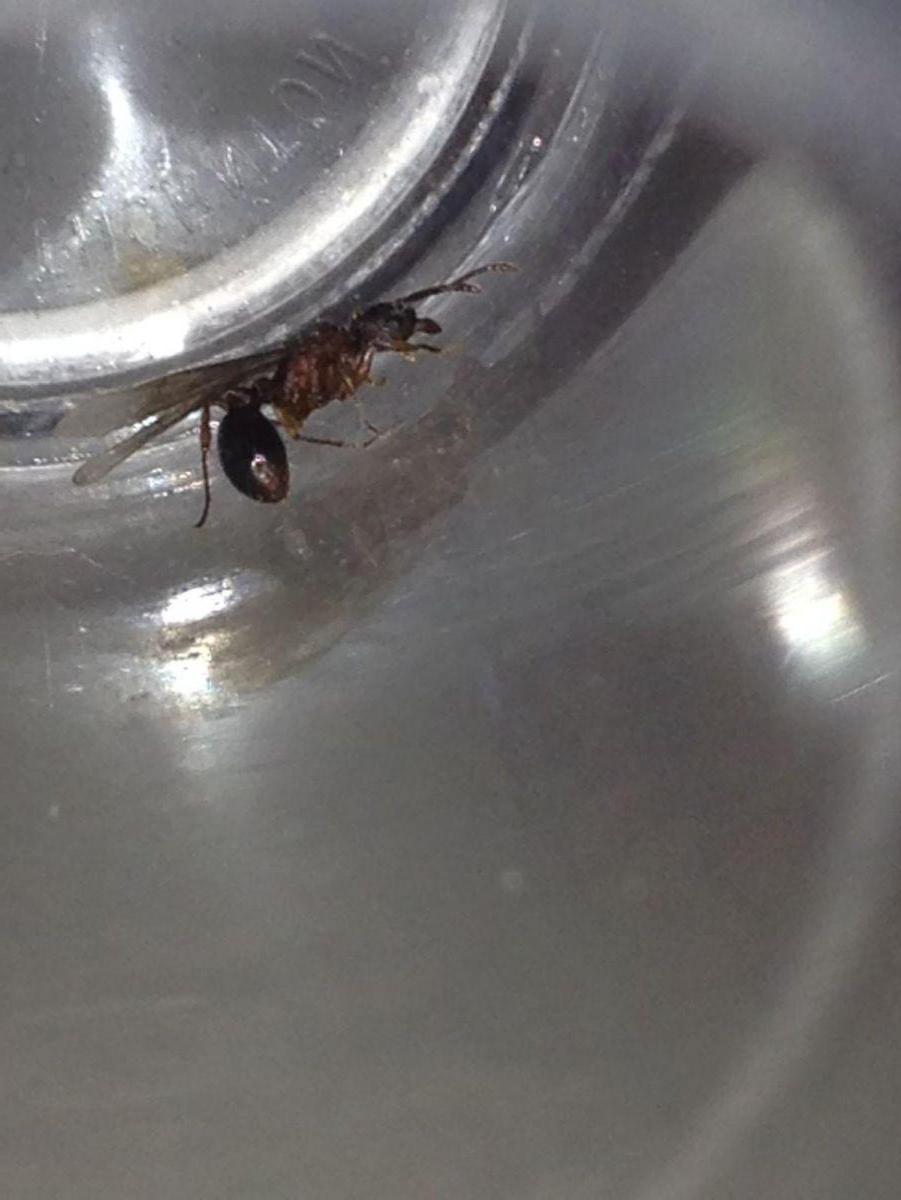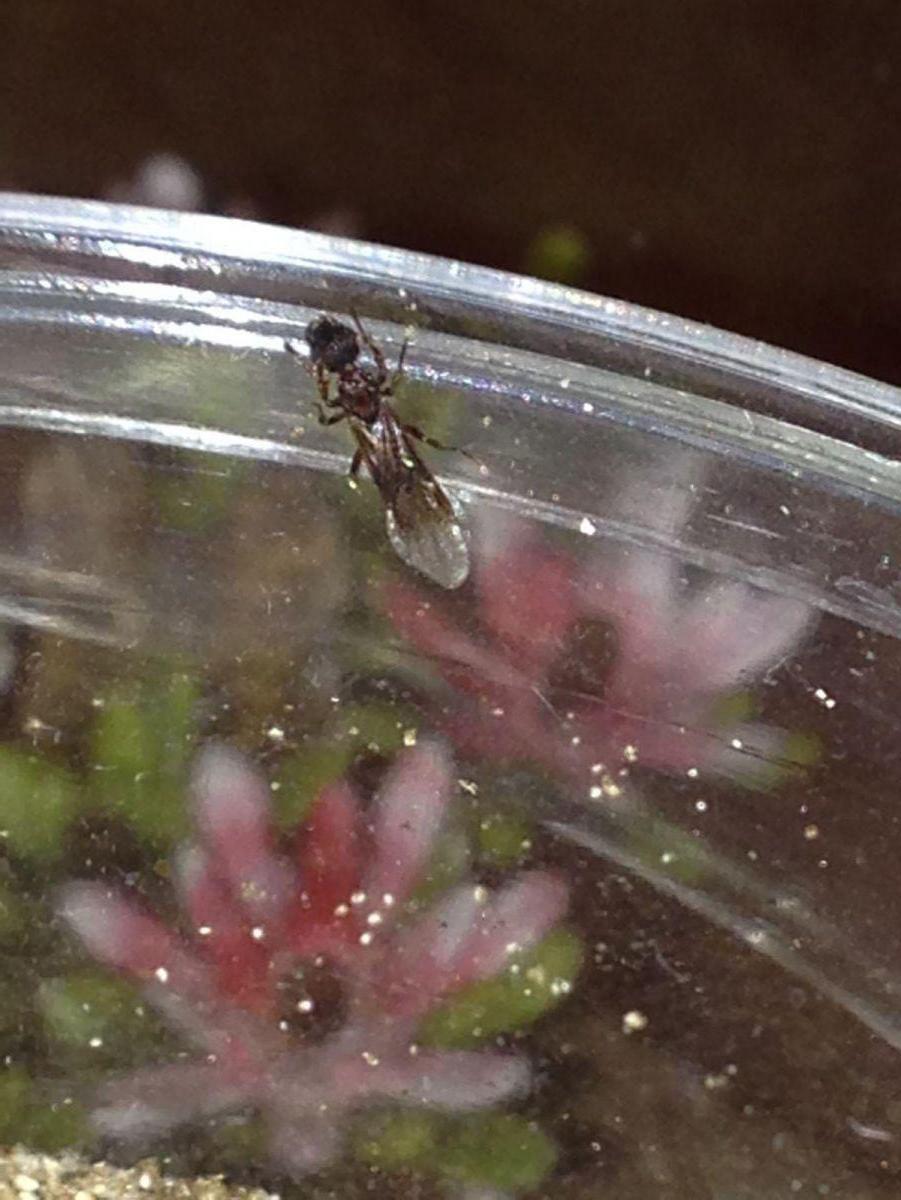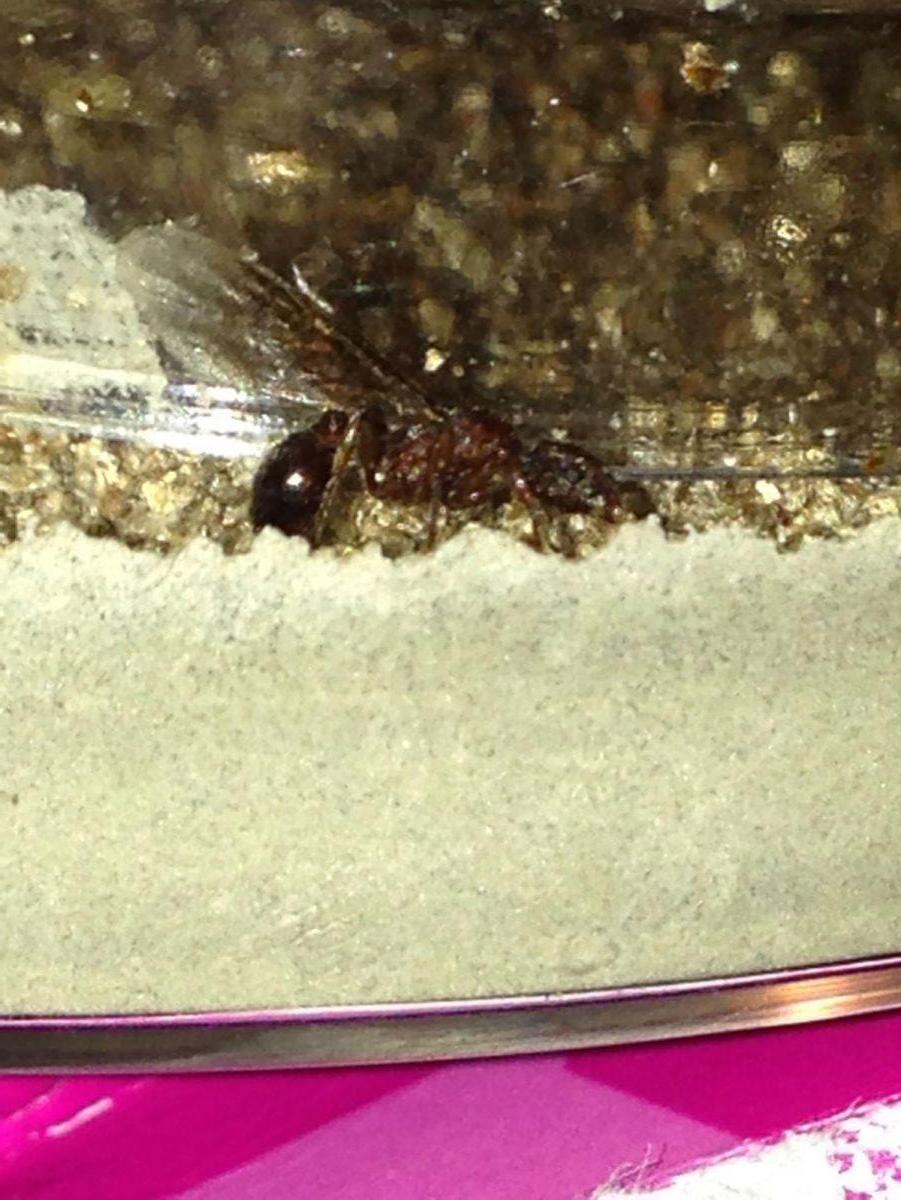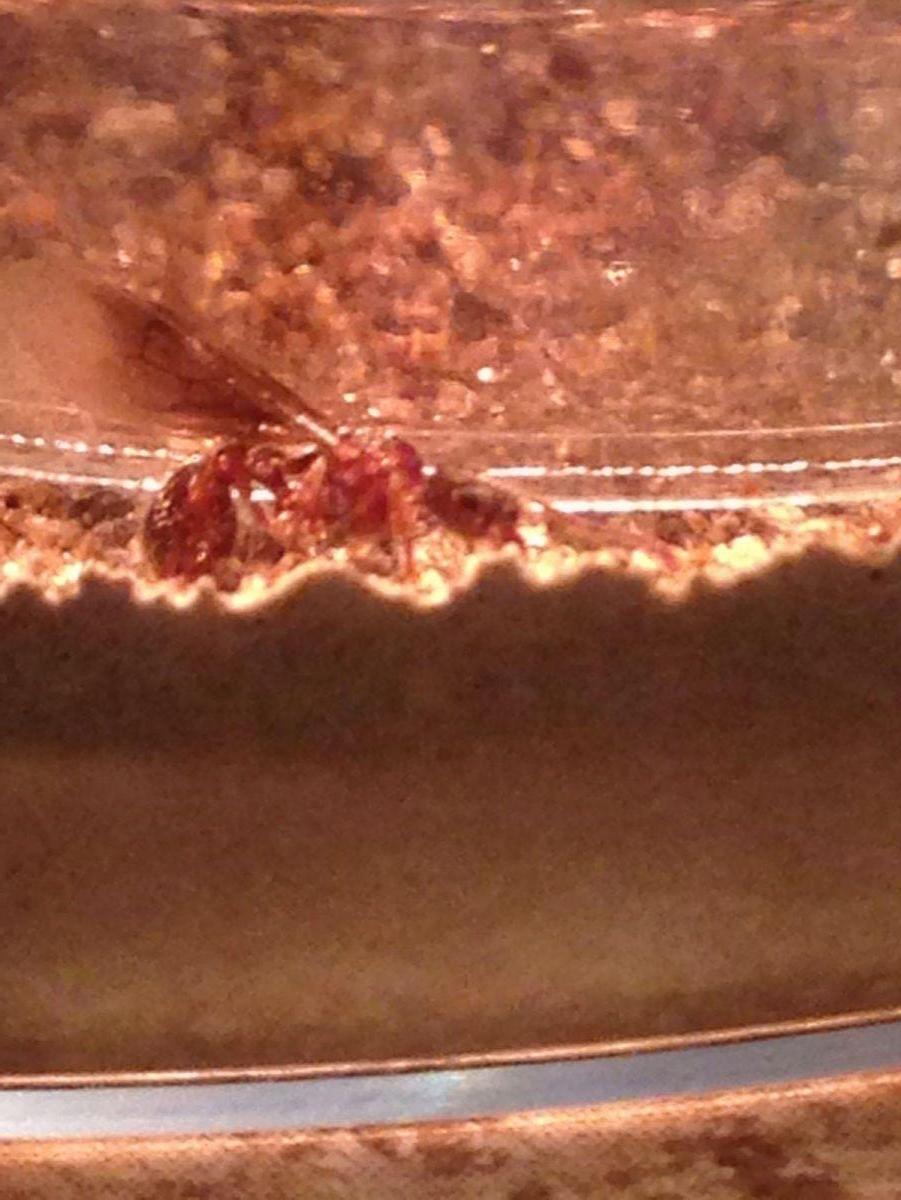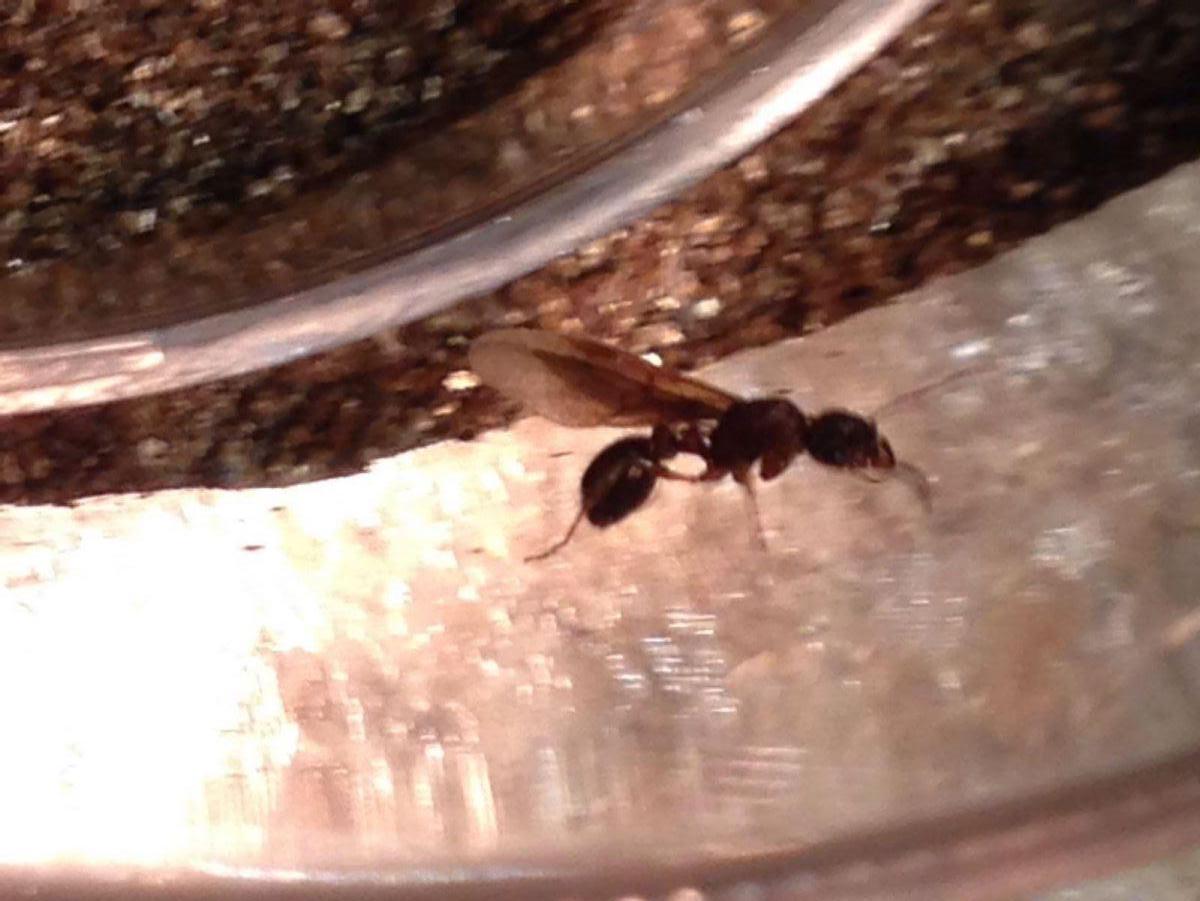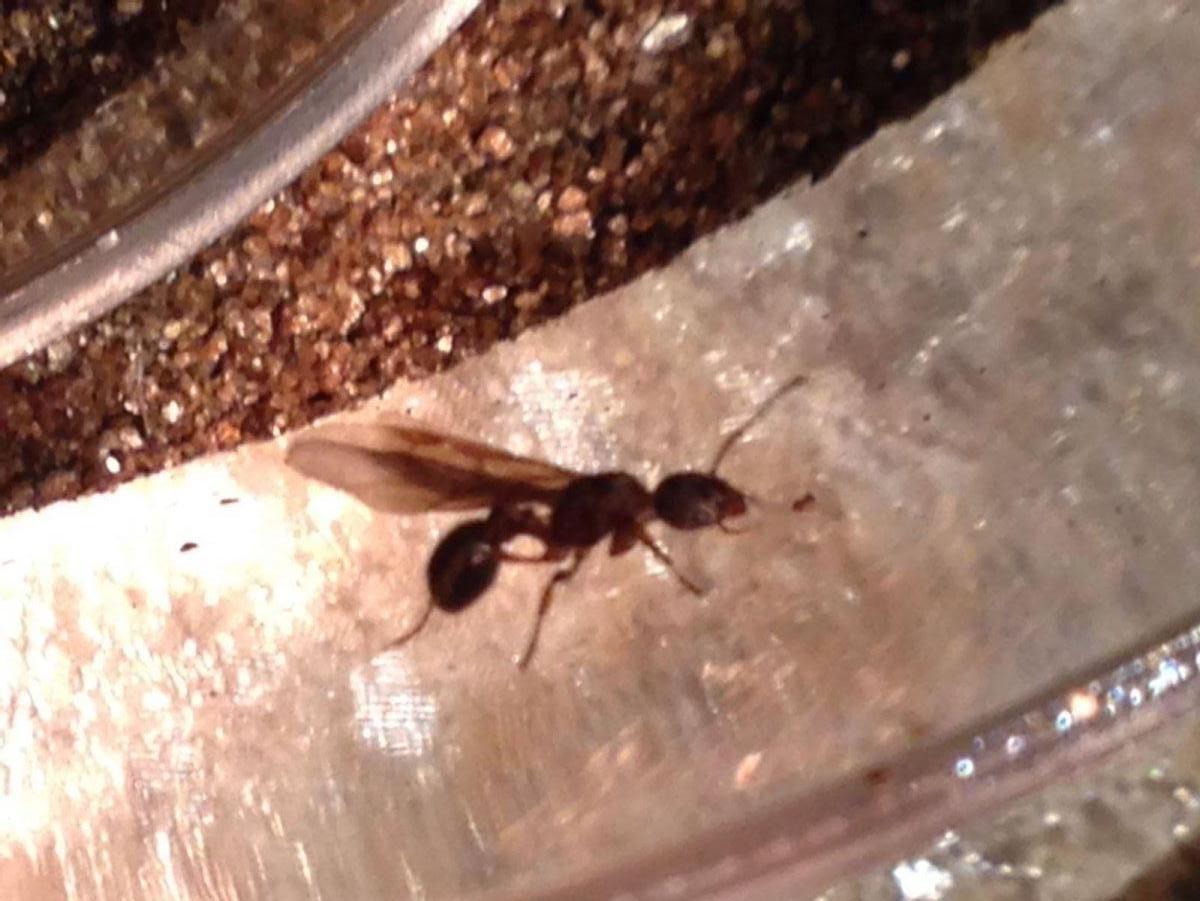It got above 70 degrees in Columbus, OH yesterday so I decided to take a walk. There were several flights going on, Cremategaster and paristic Lasius - as well as this one. This one is a new find for me for flights - and the consensus seems to be Myrmica.
